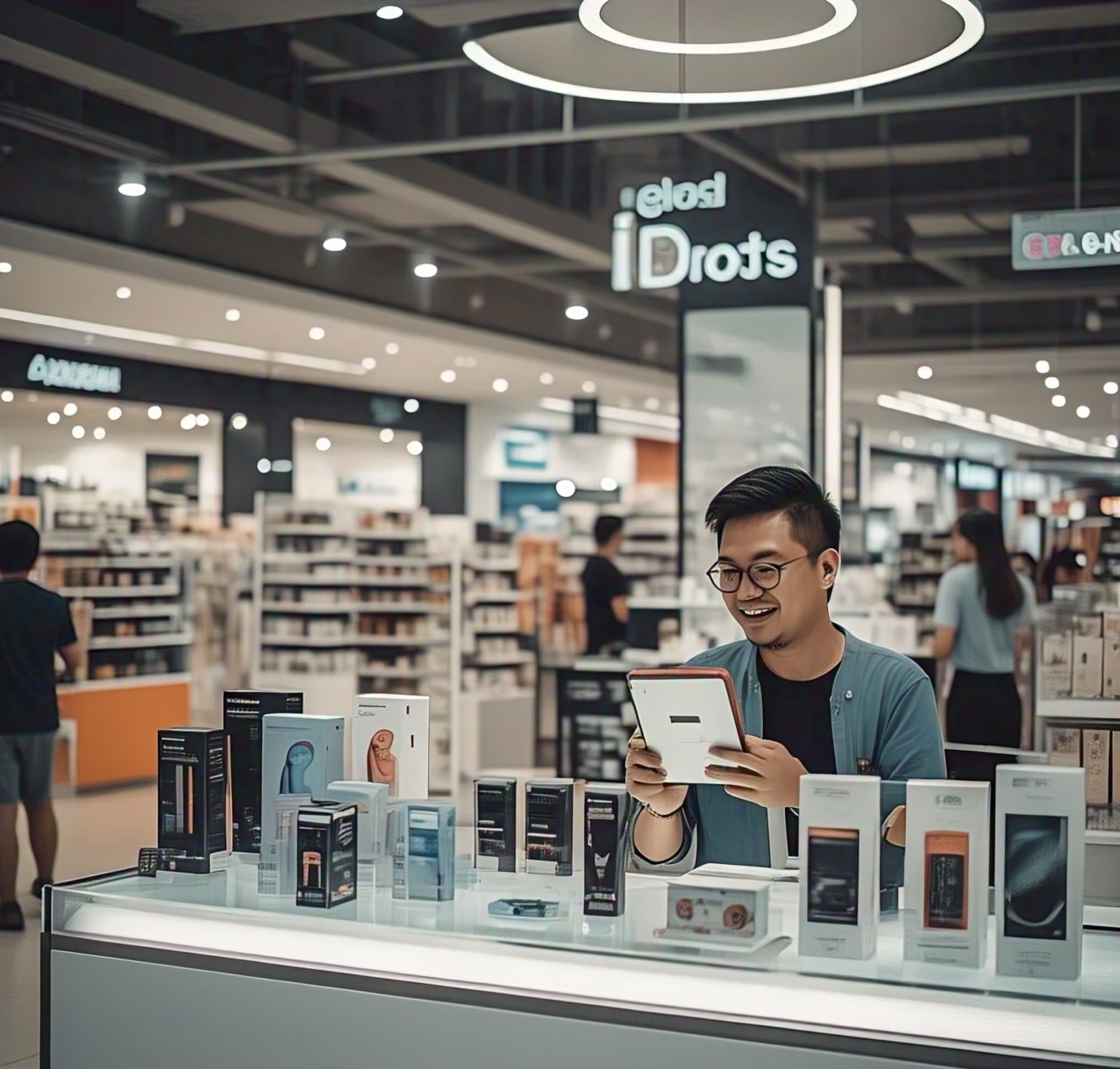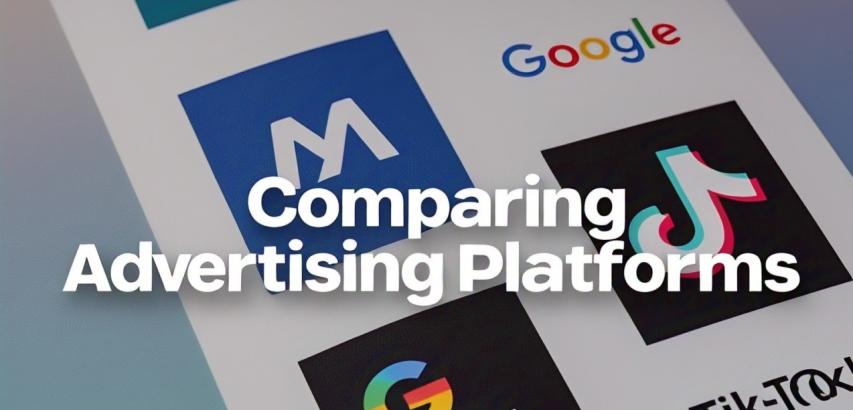Choosing the right advertising platform depends on your campaign goals, target audience, and budget. Here’s a structured comparison of Meta (Facebook/Instagram), Google Ads, and TikTok Ads to help you decide:
Audience Demographics
Meta:
Broad age range (18–65+), with strong reach among millennials and Gen X.
Balanced gender split; popular for niche communities (e.g., parenting, hobbies).
Google:
Everyone using Google Search, YouTube, and Gmail.
Targets users actively searching for products/services (high purchase intent).
TikTok:
Youth-dominated (60% aged 16–24), ideal for Gen Z and millennials.
Global reach, especially in regions like Southeast Asia and the Americas.
Ad Formats & Creativity
Meta:
Formats: Image/video ads, carousels, Stories, Reels, Messenger ads.
Strengths: Visual storytelling, shoppable tags, and interactive polls.
Google:
Formats: Search ads, YouTube video ads, Display banners, Shopping ads.
Strengths: Intent-based text ads, YouTube skippable/non-skippable videos.
TikTok:
Formats: In-feed videos, branded hashtag challenges, TopView ads, Spark Ads.
Strengths: Viral short-form video content, influencer collaborations, music-driven creativity.
Targeting Capabilities
Meta:
Advanced demographic, interest, and behavioral targeting.
Custom/Lookalike Audiences using first-party data (e.g., website visitors).
Google:
Keyword intent, location, device, and remarketing.
Audience targeting via YouTube watch history and Google Analytics.
TikTok:
Behavioral targeting based on video interactions, hashtags, and trends.
Interest categories (e.g., gaming, beauty) and device/OS targeting.
Cost & Budget Flexibility
Meta:
Average CPM: 5–15 (varies by objective/industry).
Flexible budgets; ideal for small-to-medium businesses.
Google:
CPC: 1–5+ for competitive keywords (e.g., insurance, loans).
Higher upfront costs but strong ROI for high-intent campaigns.
TikTok:
Lower CPM (3–10) due to less competition (rising as adoption grows).
Budget-friendly for viral campaigns but requires high-quality creative.
Performance & Use Cases
Meta:
Best for: Brand awareness, engagement, and lead generation.
Industries: E-commerce, local businesses, B2C, app installs.
Google:
Best for: Direct response, conversions, and capturing purchase intent.
Industries: Retail, finance, travel, SaaS.
TikTok:
Best for: Viral marketing, brand lift, and reaching younger audiences.
Industries: Fashion, entertainment, gaming, F&B.
Unique Features
Meta:
Cross-platform integration (Facebook, Instagram, WhatsApp).
Dynamic ads for personalized product retargeting.
Google:
Dominance in search intent (95% of global search traffic).
YouTube’s massive reach (2.5B logged-in users monthly).
TikTok:
Algorithm-driven "For You Page" (FYP) for organic amplification.
Branded effects and duet challenges to boost engagement.
Measurement & Analytics
Meta:
Detailed insights on engagement, clicks, and audience demographics.
Conversion API for tracking offline events.
Google:
Google Analytics 4 integration, conversion tracking, and attribution modeling.
Real-time bidding and performance dashboards.
TikTok:
Engagement metrics (likes, shares, comments) and video completion rates.
TikTok Pixel for website event tracking.
Final Recommendations
Choose Meta for community-building and visual storytelling.
Choose Google for high-intent leads and measurable conversions.
Choose TikTok for viral campaigns and Gen Z/millennial audiences.
For maximum impact, consider a multi-platform strategy combining Google’s intent-driven ads with TikTok’s creativity and Meta’s retargeting. 🚀
Example Campaign:
Meta: Retarget website visitors with carousel ads.
Google: Run Search Ads for keywords like “best running shoes.”
TikTok: Launch a hashtag challenge with influencers to promote a new product.

